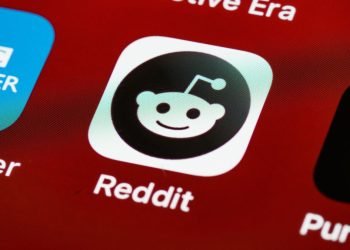Are you thinking about using an infographic for your next marketing campaign? Are you trying to figure out the best content to include on it?
Print and web advertisements have become more focused on the use of infographics. It lets brands tell a story more efficiently and in more detail. They also give the viewer more information to work with.
The only issue is that pulling inspiration can be more challenging. It is why having infographic examples is so helpful. You can use them as inspiration.
Read on to find out more infographics below as inspiration.
1. Statistics-Based Infographics
They are an effective way to communicate complex data sets. They provide visual representation in a highly organized and simply-understood manner. Using an infographic to display data-driven insights improves communication between marketers and readers.
Examples of these provide an opportunity to familiarize oneself with design conventions and industry best practices. There is a glance at past collaborations between designers and data analysts. It will give you a clear sense of the most contextually appropriate typefaces, colors, and imagery to convey insights effectively.
2. Timeline Infographics
These types of infographics can offer a powerful way to present data with a distinct timeline-based narrative. It is a graphical representation of a chronology that may span years, months, or even seconds. They can also be used to illustrate the process of an event.
It can explain the unique relationships between moments in history. It is a powerful tool for storytelling. As such, they can be an inspiring tool to pull from when creating an infographic.
3. Data-Rich Infographics
These are a powerful way of communicating data-heavy stories visually. But, they are complex visual stories requiring detailed information and design.
Popular examples include correlations, success stories, and any content that can be organized into neat summaries. Pulling from any of these examples, brands can create unique, engaging, data-driven infographics.
A strategic mix of text, visuals, and helpful insights is the key to making an infographic successful. Using an infographic design tool can also help provide infographic templates.
4. Process Diagrams
They are used to describe simple processes, often from start to end. They help to explain the process quickly. Process diagrams can simplify complex, challenging ideas to help make them more easily understood.
They can help break down ideas into parts. Then, they show how each part works to create a final product.
They can illustrate steps in a work process or show a process flow when multiple steps coincide. Or they can even offer a timeline for a task and even help people visualize the relationships between different tasks.
5. Comparison Charts
These comparison charts draw on visual techniques to compare objects, items, or ideas and are great for communicating a clear message. For example, a bar graph infographic can compare the cost of living between two or more different cities, clearly displaying the difference along the graph.
A line graph infographic can compare the changes in stock prices over a year. It can clearly show the rise and fall on the graph. Comparison charts are a great way to generate an easy-to-understand overview of the data and make the information much easier to visualize.
Pull Inspiration From These Infographic Examples
The infographic examples in this article demonstrate the potential of the medium. With the right design and research, these examples can inspire you to create an infographic communicating your message.
Why not try it today? Start creating eye-catching infographics that captivate your audience.
Are you looking for more articles like this? If so, make sure that you check out the rest of our site.



















